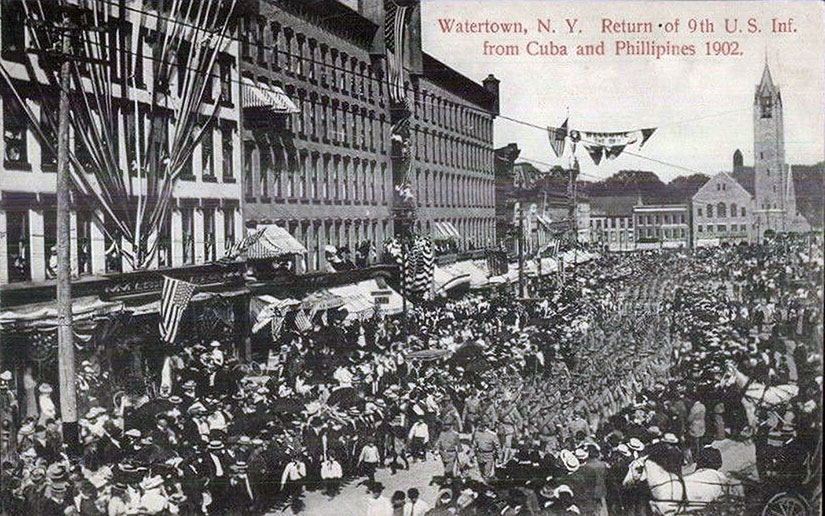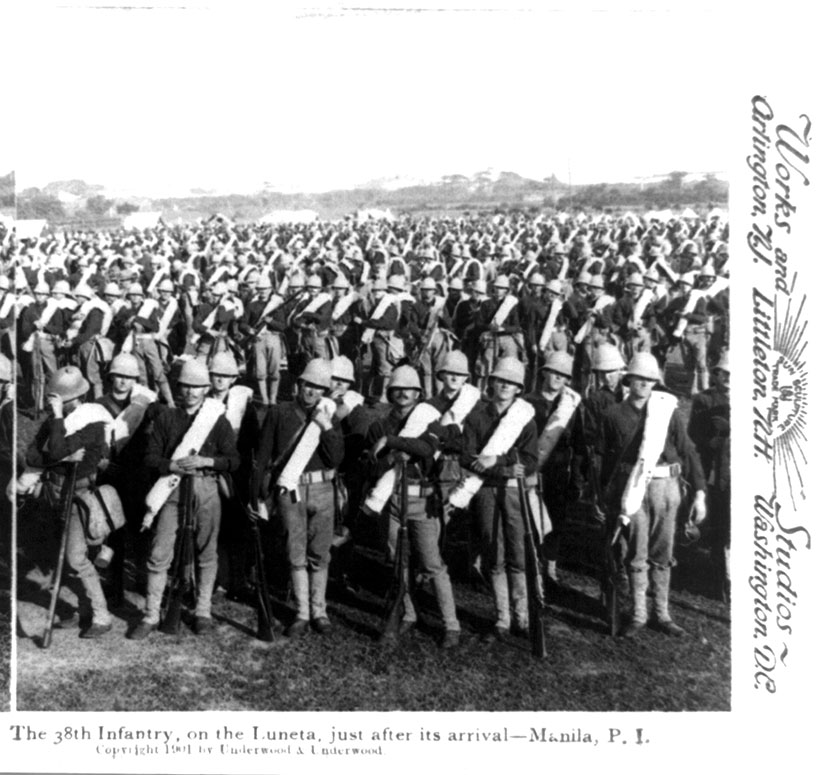A week ago, I re-introduced you to Allegra Alazas, the heroine of the upcoming Sugar Moon. She already has a fan club because she stole every scene she could in Under the Sugar Sun.
Her hero (or anti-hero?) is a different kettle of fish. Ben Potter is not someone you were supposed to like in the past book—and yet I always intended to give you his story because it needs to be told.
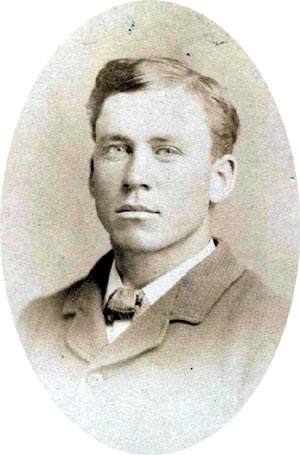
Ben is loosely based on the real men who served in Company C of the Ninth U.S. Infantry. These men fought at San Juan Hill in Cuba during the Spanish-American War. Just as soon as they returned to their home barracks in upstate New York, they were shipped out again to the Philippines.
What had been meant as a sideshow the war against Spain became the first American imperial war overseas. In March 1899, only one month after tensions between Filipinos and Americans erupted in open combat, the Ninth was sent to reinforce the area around Manila. But they did not stay there long, either. After fighting in several battles that year, they were shipped to China to rescue to the American legation in Beijing (known back then as “Pekin”) during the Boxer War. They scaled the walls of the Forbidden City and camped in the palace grounds.
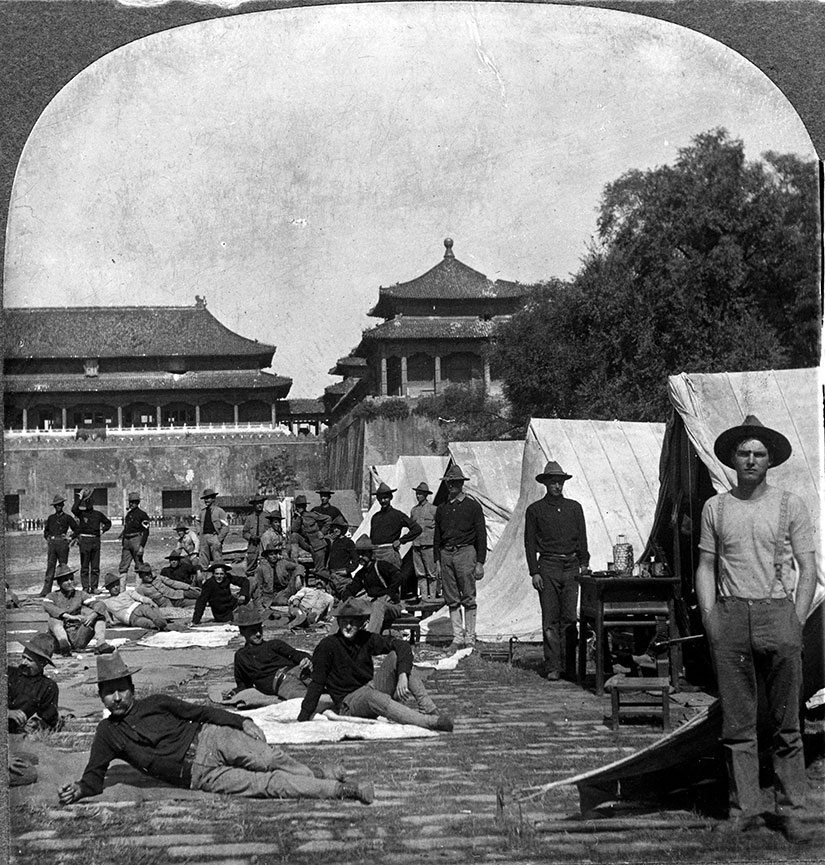
One might question what the heck America was doing. A war against Spain fought in Cuba had blossomed into a new war in the Philippines that lent soldiers to fight yet another campaign in China. Talk about mission creep. Yikes. Progressives in the Republican Club of Massachusetts claimed in a 1900 leaflet that the end justified the means: “Isn’t Every American proud of the part that American soldiers bore in the relief of Pekin? But that would have been impossible if our flag had not been in the Philippines.”
Once the foreign powers—Europe, Japan, and America—consolidated their hold on mainland China, the Ninth was sent back to the Philippine-American War. Their vacation was the steamer trip to Manila. There, the battle-weary group was given the privilege (and bother) of serving as honor guard for newly-named civilian governor (and future president of the United States), William Howard Taft.
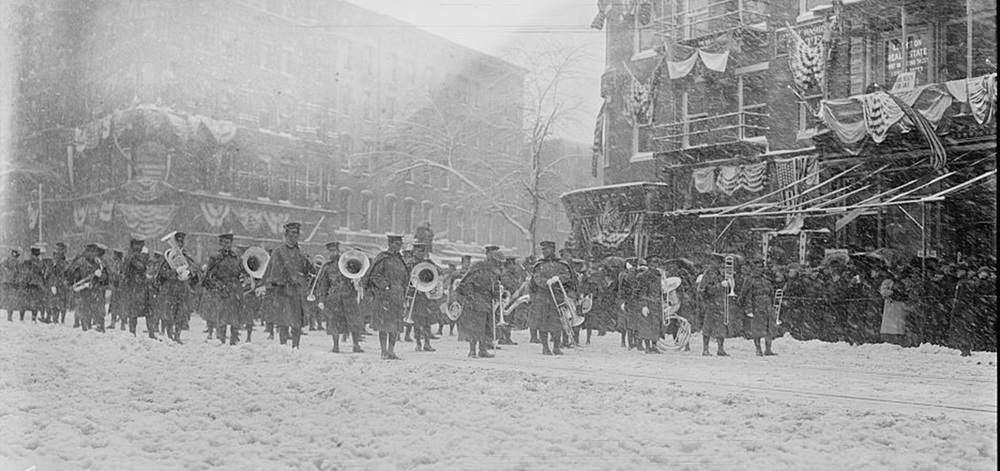
Two years into their overseas rotation, this company of grizzly veterans was sent to one of the roughest outposts in the islands: Balangiga, Samar. Tasked with closing the port to trade—thereby preventing weapon smuggling to the Philippine revolutionaries—Company C settled down to village garrison life.
These men may have been the worst possible choice for this task. By this point, they were unlikely to trust anyone. In addition, some soldiers were likely suffering from what we would now call Post-Traumatic Stress Disorder. Finally, they were cut off from the rest of the world, without even mail call since they were not on the main steamer line. Private Patrick J. Dobbins wrote to his family:
One man in my company went crazy a week ago and escaped to the hills, probably to be killed and eaten by the natives. Another, who was sick unto death, committed suicide this morning at 6 o’clock. His name is Schechterle and he enlisted at the same time I did in Boston. . . . A grave has been dug near our quarters, and a guard of eight men are over the grave. The body is being lowered into the earth. The flag is at half mast. Three volleys are fired, taps is sounded. It is his last call, ‘absent, but accounted for.’ He is better off. Many of us watch him as he is gently lowered with envious eyes.
Though the commanding officer of Company C, Captain Thomas Connell, was a West Point graduate (1894), he did not manage his garrison well. At first too permissive, he became stringent when he realized that his next promotion was on the line. He felt that the villagers were not obeying his commands to “clean up” the streets, so he ordered Company C to round up all the men and keep them prisoner in two tents on the square.
Yes, my character Ben will try to stop all of this from happening, but history is history. He will not be successful. A week later, the town—with help from guerrillas in the jungle—would ambush the company, killing 48 out of 74 Americans. This was real war with real consequences.
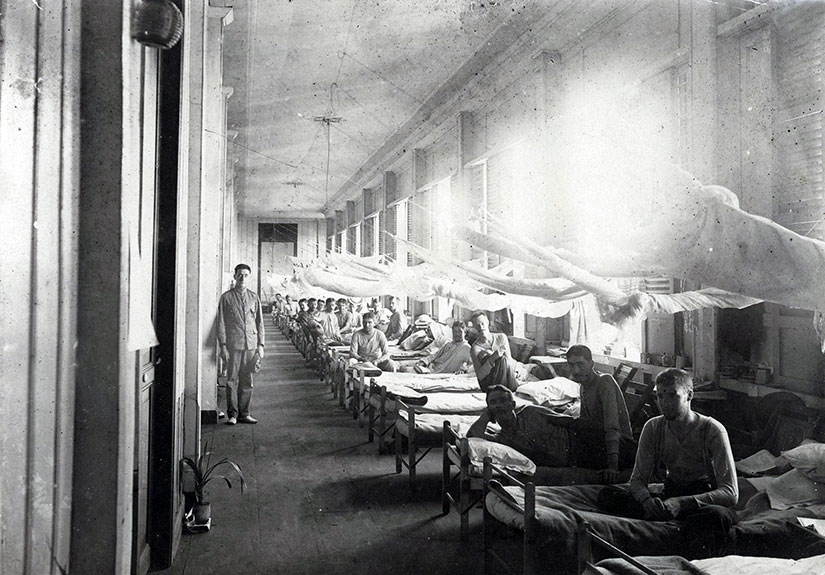
Obviously, my imaginary Ben Potter lived—or did he? For families like his in America, it would have been hard to know. Names in the real reports were spelled wrong. Numbers changed. It felt like even the Army did not know who had survived. When I found a real article in the Manila Times about a sister writing to a missing brother, I rewrote it in my mind to fit fiction:
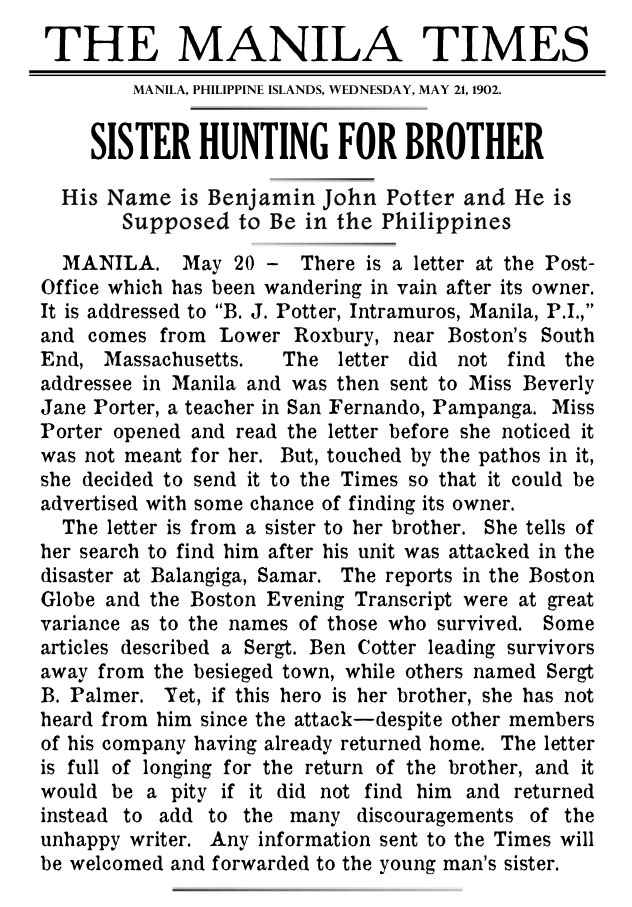
This is a lot of backstory, to be sure. And it is only backstory, not the plot of my book. But I think it is critical history that Americans have forgotten and been doomed to repeat: the Philippines was the Vietnam or Iraq (or Syria?) of the Gilded Age.
Ben lives through these events as a very young man, and they will haunt him for years. Love may not be a cure for combat trauma, but it can encourage Ben to face his past—especially when that past threatens his future with an amazing woman.